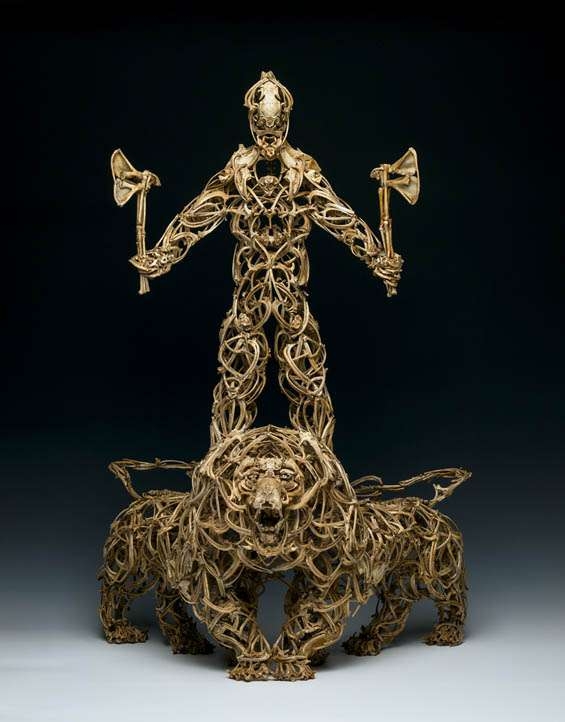ArtReview sent a questionnaire to artists and curators exhibiting in and curating the various national pavilions of the 2017 Venice Biennale, the responses to which will be published daily in the lead-up to the Venice Biennale opening (13 May – 26 November).
Raphael Vella and Bettina Hutschek are representing Malta. The pavilion is in the Arsenale.
What can you tell us about your exhibition plans for Venice?
The title of our exhibition, Homo Melitensis: An Incomplete Inventory in 19 Chapters, explores the notion of identity at a time when the issue has become more urgent than ever. ‘Homo Melitensis’ means ‘Maltese Man’ and we are using the pavilion in Venice as a platform on which we can present and simultaneously critique the very idea of a national identity as well as national imaginaries that are constructed around issues like territory, memory, religion, language and so on. The inventory we are presenting is a complex installation that came about through a combination of academic research, conversations we had with several theoreticians, scientists, writers, artists and curators in various fields and a artistic reimagining of local realities. We also hope that the exhibition is intriguing because it juxtaposes the inside and the outside of the realities we are exploring, given that one of the pavilion’s artist-curators is Maltese while the other is a German artist-curator based in Malta. The result is a frank dialogue of ideas and objects that doesn’t shy away from the political implications of its central curatorial concept at the same time as it embraces the poetry of the unfamiliar.
How is making a show for the Venice Biennale different to preparing a ‘normal’ exhibition? Or another biennial?
Every exhibition is a challenge, but a national pavilion brings to the surface the issue of ‘representation’. What does it mean, if anything at all, to represent a country? In the case of the Malta pavilion, this issue is even more relevant given that the country has not had a national pavilion in Venice since 1999
What does it mean to ‘represent’ your country? Do you find it an honour or is it problematic?
The issue of representation is always problematic and it is this very issue that we are putting in the foreground of our approach to the issues we are dealing with. In what way can we represent the whole? It feels almost arrogant to state that a curator can represent a nation and in many ways, our views may not correspond to those of many Maltese. This is why we felt that we wanted to meet the question head-on in this exhibition. Even the artists we chose to participate in the exhibition are not all based in Malta. Some of them are linked to Malta’s diasporic communities in other parts of the world, in places where the notion of Malteseness is still discussed and embedded in everyday realities.
The Venice audience is a diverse group. Who is most important to you? The artist peers, the gallerists, curators and critics concentrated around the opening, or the general public which visits in the months that follow?
We are creating a story by using around 200 objects in 19 chapters in the form of a big installation – naturally, this can be read on different levels, therefore giving various groups keys to see the installation in their individual ways. We present art works that will help bring Maltese art onto an international stage; but we are also including jokes which would be understood only by audiences who have been in Malta or who know Malta.
Did you visit the last Venice Biennale? What’s your earliest or best memory from Venice?
Venice is a magical place that never ceases to stun – what can we say?
How does a having a pavilion in Venice make a difference to the art scene in your home country?
Malta’s art scene is developing and gradually becoming more international but is clearly restricted by various institutional, financial, educational and other challenges. Having a pavilion at the Venice Biennale can expose international visitors, art-lovers, curators, gallerists, and so on to a relatively unexplored artistic ‘territory’. Hopefully, the pavilion can lead to new international networks and exchanges involving Maltese artists, curators and other stakeholders.
2 May 2017
